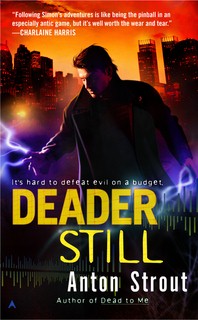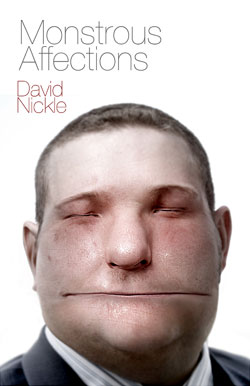John Joseph Adams Interviews Jonathan L. Howard
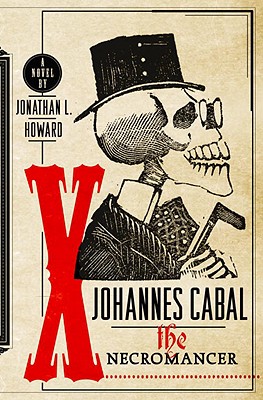 Jonathan L. Howard, author of the Johannes Cabal novels (Johannes Cabal the Necromancer and Johannes Cabal the Detective), had the lead story in Black Gate 13, the popular tale “The Beautiful Corridor.” It followed the exploits of the master thief Kyth, as she took on a commission from the jovial lich Maten Shal to explore an impossibly deadly tomb (read an excerpt here.)
Jonathan L. Howard, author of the Johannes Cabal novels (Johannes Cabal the Necromancer and Johannes Cabal the Detective), had the lead story in Black Gate 13, the popular tale “The Beautiful Corridor.” It followed the exploits of the master thief Kyth, as she took on a commission from the jovial lich Maten Shal to explore an impossibly deadly tomb (read an excerpt here.)
Now Jonathan’s story “The Ereshkigal Working,” also featuring Johannes Cabal the Necromancer, appears in the new anthology The Way of the Wizard. Editor John Joseph Adams has interviewed Jonathan in conjunction with the book launch:
A necromancer’s lot is not a happy one… Horrible things befall him on a regular basis, although this story is the first time his experimental subjects have reanimated before he’s done anything necromantic to them at all. The story came from wondering how Cabal would handle a full-on zombie outbreak.
Adams: Most authors say all their stories are personal. If that’s true for you, in what way was this story personal to you?
That’s a very true statement. I myself halted a zombie apocalypse a couple of years ago, and I remember thinking at the time, “This would make a good story.”
The Way of the Wizard looks like a terrific book, with both classic tales of wizards from some of the best names in fantasy, and new fiction from a lot of hot new talent. The book’s website features seven “Free Reads” from Adam-Troy Castro, Jeremiah Tolbert, David Barr Kirtley, and John R. Fultz’s “The Thirteen Texts of Arthyria.” We reported on John Joseph Adams’ interview with John Fultz last month.
Jonathan’s next story featuring Kyth, “The Shuttered Temple,” in which Kyth attempts to solve the mystery of a sealed and very deadly temple, appears in the upcoming Black Gate 15.
The complete interview with Jonathan L. Howard is here.
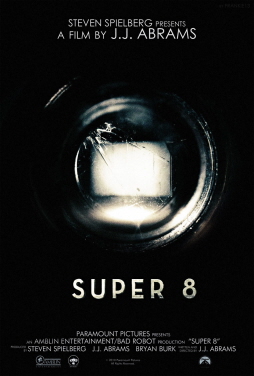 There are bits of wrapping paper static’d to the lamp shade and tendrils of curly ribbon hanging off the chandelier. Here I lay in a sugar and red meat coma under the pressing weight of one too many conversations with the essence of Christmas spirit, three times distilled. With New Years Eve still in front and a bacchanalia of epic proportions behind, what can I do but think happy thoughts about the coming year and a time when the little troll living between my ears will finally stop running in circles and shouting.
There are bits of wrapping paper static’d to the lamp shade and tendrils of curly ribbon hanging off the chandelier. Here I lay in a sugar and red meat coma under the pressing weight of one too many conversations with the essence of Christmas spirit, three times distilled. With New Years Eve still in front and a bacchanalia of epic proportions behind, what can I do but think happy thoughts about the coming year and a time when the little troll living between my ears will finally stop running in circles and shouting.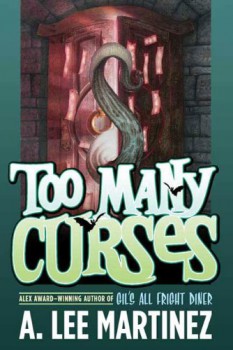
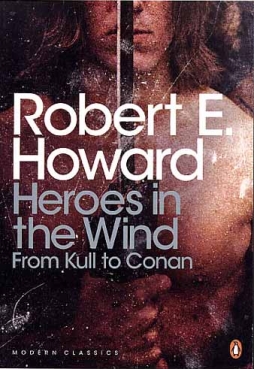 Another year’s drawing to a close, and with it the first full decade of the twenty-first century. It’s a time for looking back, for thinking over what’s happened and what’s going on, in fantasy fiction and elsewhere. I don’t pretend to be in a position to make any worthwhile assessment of fantasy as a whole; but I do want to write about a change that seems to be in process right now. I think it’s a positive change, and potentially a radical one. And I can remember the moment I realised it was happening.
Another year’s drawing to a close, and with it the first full decade of the twenty-first century. It’s a time for looking back, for thinking over what’s happened and what’s going on, in fantasy fiction and elsewhere. I don’t pretend to be in a position to make any worthwhile assessment of fantasy as a whole; but I do want to write about a change that seems to be in process right now. I think it’s a positive change, and potentially a radical one. And I can remember the moment I realised it was happening.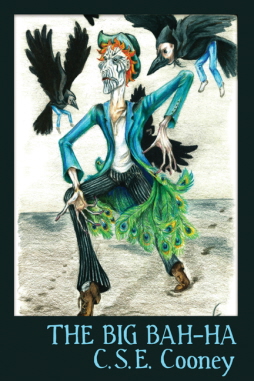
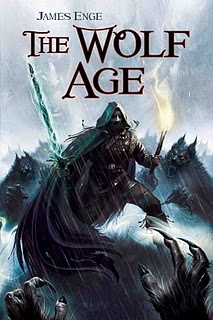 The Wolf Age, by James Enge
The Wolf Age, by James Enge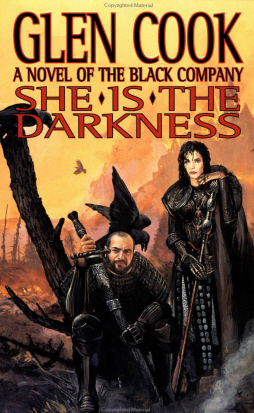
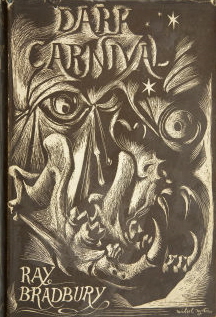 Some of the titles of interest to fantasy fans on the list include:
Some of the titles of interest to fantasy fans on the list include: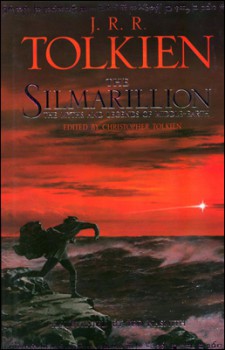 For my final post of 2010 I thought I would revisit something from my days as a writer for the now-defunct Cimmerian blog:
For my final post of 2010 I thought I would revisit something from my days as a writer for the now-defunct Cimmerian blog: 